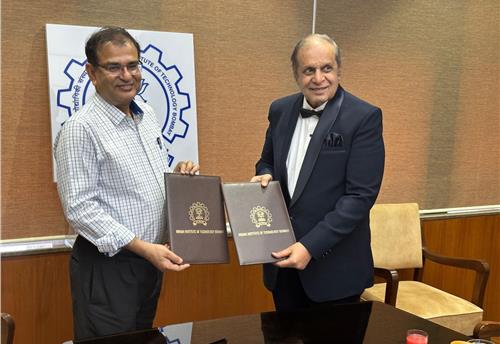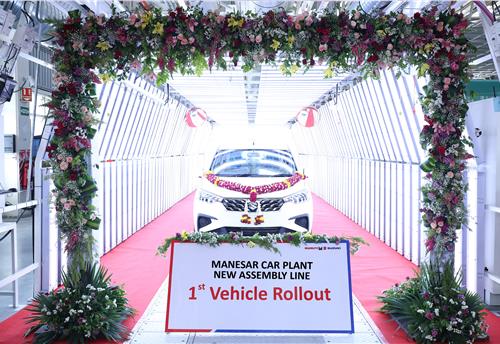Hyundai India’s digital sales platform draws 1.5m visitors and 20,000 enquiries in 4 months
With over four months of experience in tracking customer trends on its Click To Buy portal, Hyundai says that as much as 70 percent of consumers are looking for a contactless buying.
As the lines between the physical and digital world blur, the world of automotive retail is seeing dramatic change. Proof of that is what Hyundai Motor India, the second-largest passenger vehicle OEM, has reported today. The Korean carmaker has reported an overwhelming response to its online car buying platform, Click To Buy. It has recorded over 1,900 bookings 1.5 million visitors and over 20,000 enquiries since its launch in March 2020.
Commenting on the success of ‘Click To Buy’, S S Kim, MD and CEO, Hyundai Motor India, said, “Hyundai is redefining the online automotive retail space with its revolutionary digital sales initiative Click To Buy. The platform has seen outstanding traction, recording over 20,000 registrations and over 1,900 bookings is a testament of customer trust in brand Hyundai."
Hyundai Motor India was among the first OEMs in the country to think digital. In March 2020, it introduced the ‘Click to Buy’ (CTB) online retail platform, integrating over 600 showrooms to be able to offer digital retail services to customers.

While the move was based on its long-term vision of anticipating a gradual shift in vehicle retail towards the digital medium, the pandemic only accelerated its plans to swiftly introduce the project, which was under pilot stages in December 2019. Now, with over five months of experience in tracking customer trends on its portal, Hyundai says that as much as 70 percent of consumers are looking for a contactless buying experience during their new purchase – a recent trend driven by the pandemic. Also, according to Hyundai Motor India’s research, of the total number of people researching for a new car online, around 40 percent of those are actually willing to make a purchase completely digitally.
Speaking at Autocar Professional’s virtual conference on ‘The Future of Automotive Retail, on June 26, Tarun Garg, director, Sales and Marketing, Hyundai Motor India, said: “This shift towards digital has been quite a dramatic one. At Hyundai, our digital inquiries have moved from being placed between 10-12 percent last year to now in the range of 25-30 percent during the last two months of the Covid-19 crisis.”
Garg said since CTB’s introduction in March 2020, customers are now able to get much more trustworthy information about a product as well as get personalised experience for buying a new car. He added that the technology is proving to be a big enabler to rationalise costs in the back-end of a dealer’s operation as well. “There are so many things that can be done with the customer as well as sales personnel sitting at home. The training of dealer workforce used to be a huge expense and over the last two months, we have suddenly found that trainings can be successfully done online as well. So, this is a huge enabler in allowing dealers reduce their expenses.”
Digital trends: rural versus urban
While digital is making huge strides in urban India, the big question is whether it is having an equally strong impact in rural areas and Tier-2 towns as well. According to Garg, “Digital penetration in the hinterland is very much there and technology, with the lowest cost of Internet in India, is diminishing the demarcation between urban and rural areas.”
“After integrating our outlets in the urban areas on the CTB platform, we managed to integrate our entire rural sales channel online, but were surprised to see that within just one week of floating the idea, more than 30 percent of our dealer partners from the hinterlands opted to get digitally connected, completely knowing the scenario of their local markets well,” he added.
“Also, the interest in our new models, for instance, the newly launched second-generation Creta SUV, has been equally strong from rural markets compared to urban cities. So, technology has really brought India together and the differentiation between aspirations is becoming very thin,” said Garg.
Garg also pointed out that within the new consumer trend, vernacular could be the next revolution in digital and that OEMs will have to play a key role there. “Hyperlocal information is going to play an important part and this kind of localisation is going to be very crucial going forward. A dealer will have to customise to cater to the audiences near them,” he remarked.
How to better gauge market potential?
Building more upon technology and leveraging the vast potential of the numerous tools available to do business today, Garg mentioned that it is time when the industry needs to shift to do data-driven marketing and optimise and correct the data currently available to target the right customer.
“All of us are sitting on a huge pile of data and want to believe that we have been using it very well.” Garg cited examples that how companies need to ensure that the same service advisor handles the customer when he or she revisits the workshop for the vehicle’s routine maintenance. Moreover, things like remembering the customer’s preference on his last car when he or she comes in after a few years to upgrade to a new model would go a long way in enhancing customer experience.
“We are just trying to close the deal rather than probing the data. The time has come when we need to effectively use data and offer a personalised experience to the customer. Even the customer wants not be treated in a generalised way but in a personalised manner,” said Garg. “Simply by using data, a lot of efficiencies can come in and I think we are on the right path,” he added.
“We should be ready to complement the digital part of the buying journey inside the showroom. Today, a customer interacts with close to 15 different people after entering a showroom to purchase a new car. So, why cannot we have a single-window point of contact for a customer?” questioned Garg.
“It would require a lot of reskilling at dealerships but it would enhance the buying experience by a huge margin. We have to be empathetic with the customer and remove the anxiety in his mind so that he feels a connect with the brand. It has to be a 360-degree way of selling rather than selling the vehicle in a piecemeal way,” added Garg.
So, while physical showrooms and digital retail will stay for good, the change of pace in the consumer habits that has been largely driven by the pandemic will continue in the future once the Covid-19 crisis subsides as well.
RELATED ARTICLES
Bosch hydrogen engine tech-powered truck to be on Indian roads this year
The global supplier of technology and services is betting big on both electromobility and hydrogen. While announcing the...
IIT Bombay inaugurates Arun Firodia Research Floor
IIT Bombay, one of India’s top technical and research institutions, honours Kinetic Group chairman Dr Arun Firodia, one ...
Maruti Suzuki expands capacity at Manesar plant by additional 100,000 units
New assembly line at Plant A expands total manufacturing capacity at the Manesar plants to 900,000 units per annum. Alon...





 06 Jul 2020
06 Jul 2020
 12371 Views
12371 Views



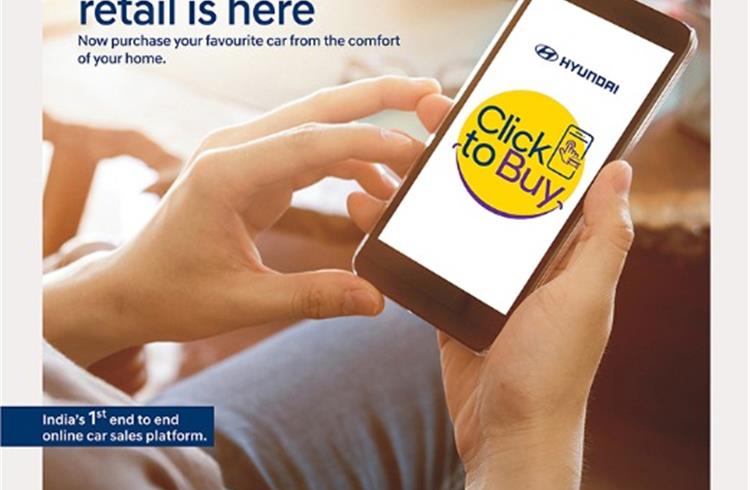
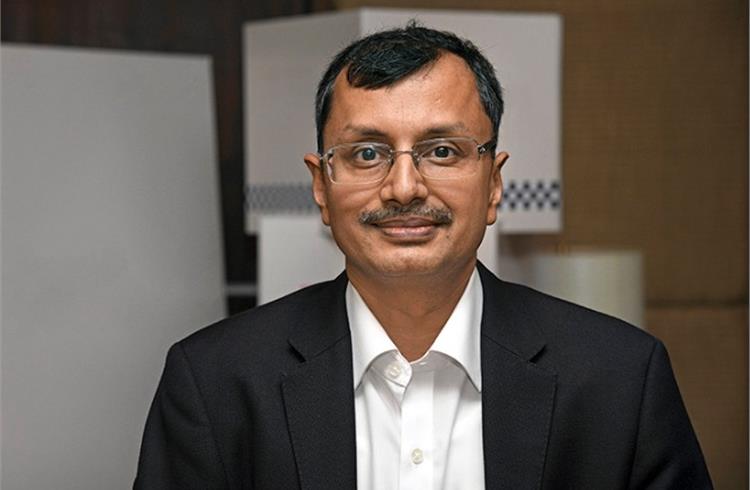



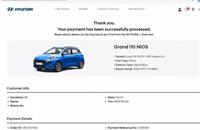
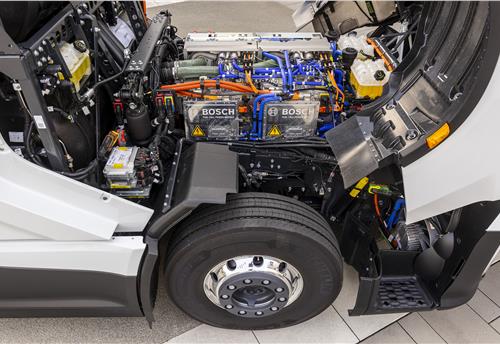
 Autocar Pro News Desk
Autocar Pro News Desk

